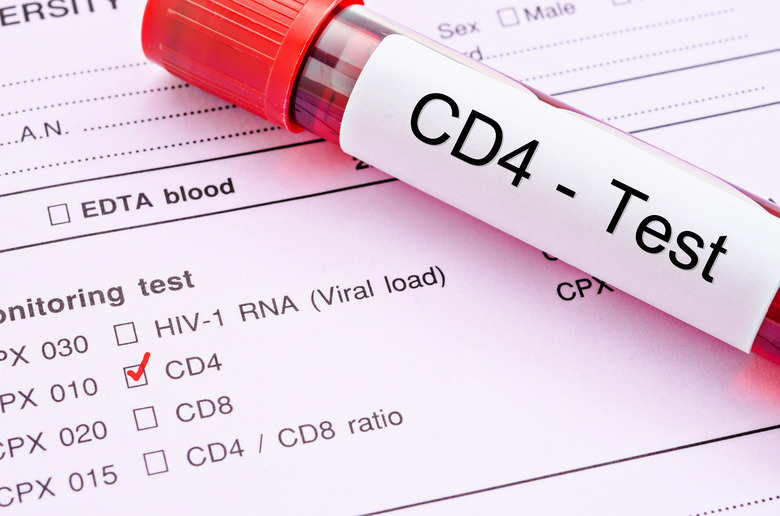What Are The Advantages & Disadvantages Of Flow Cytometry?
Flow cytometry is a method of studying cells and chromosomes. Thousands of these microscopic particles can be analyzed every second. This is done with detection apparatus while the cells are held in fluid. The technique is used for many reasons, such as studying and diagnosing blood cancer. There are alternatives to this method, which is why it is worth looking at the advantages and disadvantages of flow cytometry.
Advantage: Subpopulation Analysis
Advantage: Subpopulation Analysis
If flow cytometry is used to study heterogeneous populations of cells, then it will analyze the subpopulations in a few minutes. Not only is it much faster than other options, the data it produces are also detailed. The analysis includes the percentage of red cells compared with green cells and can go even further by providing information on bright-green and dull-green cells.
Advantage: Spots Things That Alternatives Don’t
Advantage: Spots Things That Alternatives Don't
Using flow cytometry to look at uniform cells populations has the benefit of always highlighting any non-uniformity. It also takes off any debris or dead cells when providing the final data. This level of accuracy beats that of the competition.
Disadvantage: Commonly Unnecessary
Disadvantage: Commonly Unnecessary
It is common when studying a uniform population of cells that the desired data will be the average receptor densities. Flow cytometry can handle this job easily, but is more expensive than alternatives such as radioimmunoassay and enzyme-linked immunosorbent assay. The problem is that these alternatives can do the job just as quickly and can even produce more samples per day. Flow cytometry gives you the average density but also an overwhelming amount of information that you don't need for a job like this.
Disadvantage: Too Slow
Disadvantage: Too Slow
Flow cytometry sorters are very accurate and purify small or complex subpopulations. But even a high-speed sorter is at times not fast enough to achieve the desired results. For instance, a pair of cells is often discarded because the sorter cannot distinguish between them in time. A high-speed sorter can yield up to 106 cells per hour when dealing with a subpopulation that makes up 20 percent of the whole population. This rate is too low for many experiments.
Cite This Article
MLA
Cole, Martin. "What Are The Advantages & Disadvantages Of Flow Cytometry?" sciencing.com, https://www.sciencing.com/advantages-disadvantages-flow-cytometry-10050486/. 13 March 2018.
APA
Cole, Martin. (2018, March 13). What Are The Advantages & Disadvantages Of Flow Cytometry?. sciencing.com. Retrieved from https://www.sciencing.com/advantages-disadvantages-flow-cytometry-10050486/
Chicago
Cole, Martin. What Are The Advantages & Disadvantages Of Flow Cytometry? last modified March 24, 2022. https://www.sciencing.com/advantages-disadvantages-flow-cytometry-10050486/
